10 Canned Food Dishes You May Find in Local Markets When Traveling
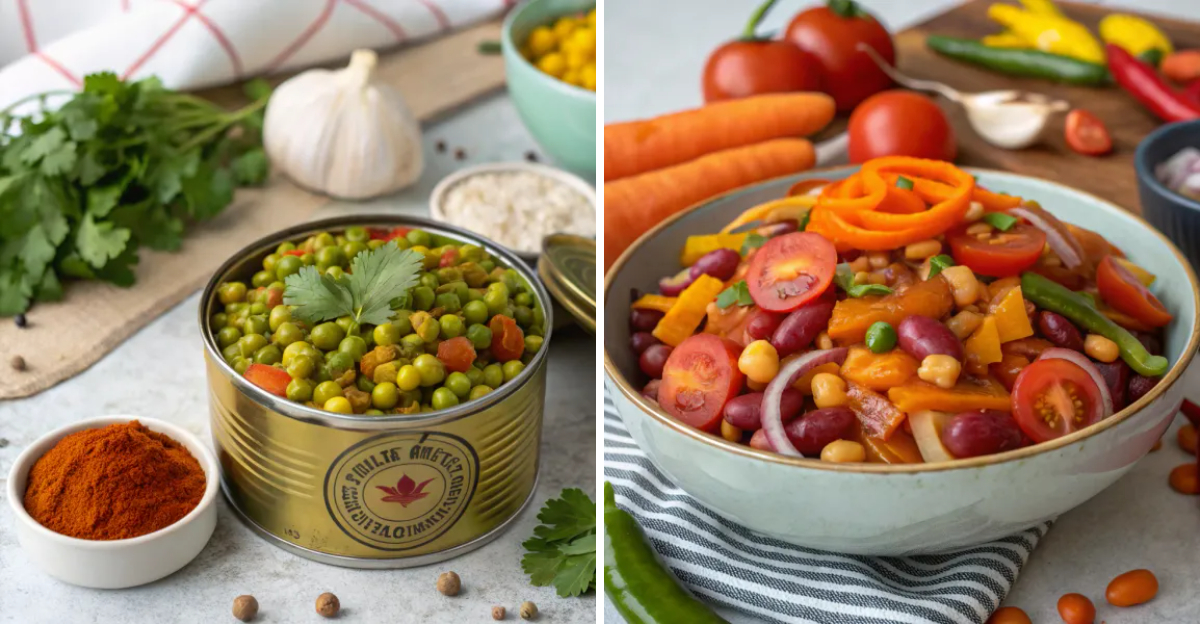
Exploring local markets while traveling unveils a world of culinary exploration. Preserved foods, often overlooked, offer a glimpse into local traditions and practicalities. These preserved dishes, found across the globe, showcase regional flavors and preservation techniques. Greek markets feature stuffed grape leaves, while Nordic stalls offer fermented fish. These convenient, portable items provide authentic local tastes.
1. Greek Dolmadakia Stuffed Grape Leaves
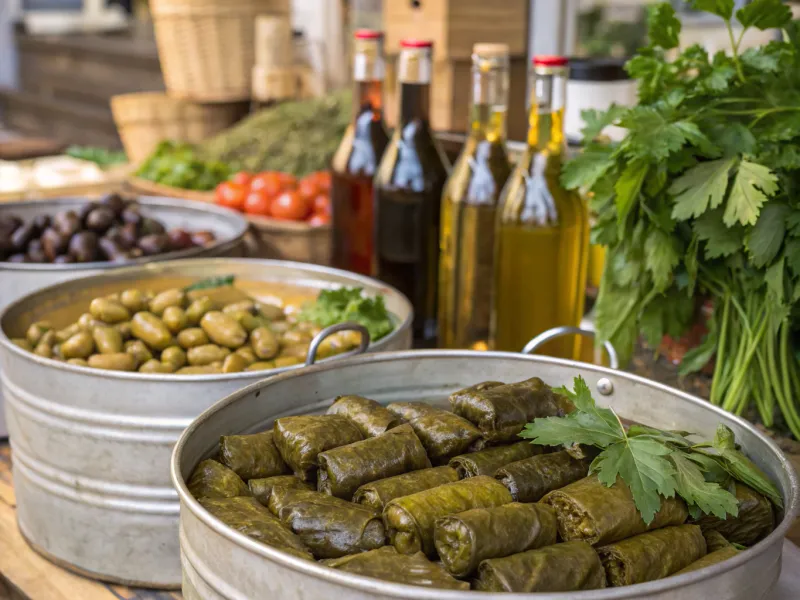
In the markets of Athens, one encounters emerald-colored parcels neatly arranged in cans. These contain dolmadakia, a classic meze. The grape leaves envelop a mixture of rice, onions, and fragrant herbs, a recipe often shared through family. The availability of canned dolmadakia provides a convenient option for enjoying this dish. While some may prefer the freshly made version, canned dolmadakia offer a quick meal solution. To prepare, simply open the can, remove the contents, and serve chilled with a touch of lemon juice. This offers a quick experience of Mediterranean flavors.
2. Swedish Surströmming Fermented Herring
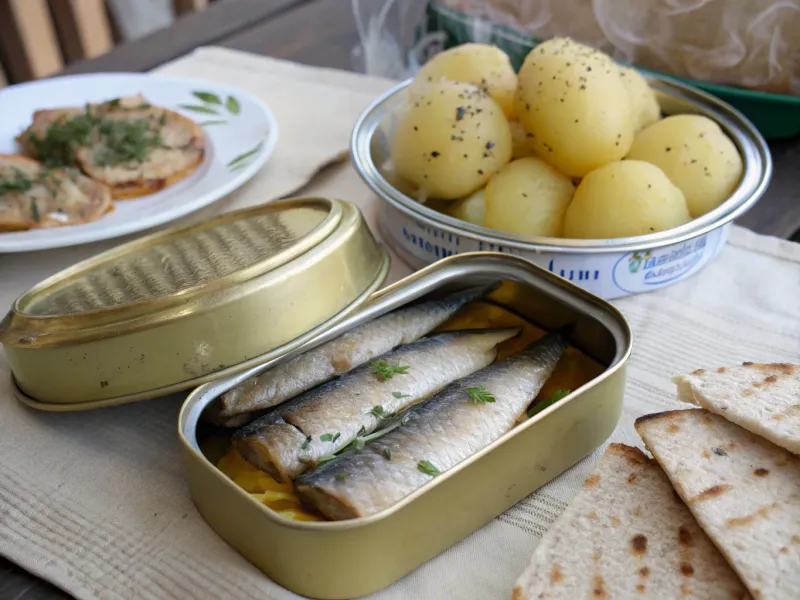
Surströmming, a fermented Baltic herring, is a food with a reputation. Its strong aroma is a defining characteristic, so intense that it is often opened away from enclosed spaces. The preparation involves a fermentation process that lasts for months. This results in a range of flavors, from salty to intricate. This dish is typically consumed with flatbread, potatoes, and cheese. Individuals new to surströmming are advised to sample it in an outdoor setting.
3. Portuguese Sardines in Olive Oil

Portugal’s sardine canning industry has a rich history, with certain brands existing for many years. Markets in Lisbon display numerous colorful tins, often adorned with vintage designs. The fish within are hand-packed, representing a gourmet ingredient to many locals. The canning process involves selecting top-quality sardines during their optimal season. The fish are carefully packed by hand and then aged in cellars. This approach is similar to the aging of fine beverages. Consumption often involves placing the sardines on bread, accompanied by tomatoes and onions. Numerous Portuguese families retain vintage tins, convinced that the flavors mature with age.
4. South African Chakalaka Bean Mix
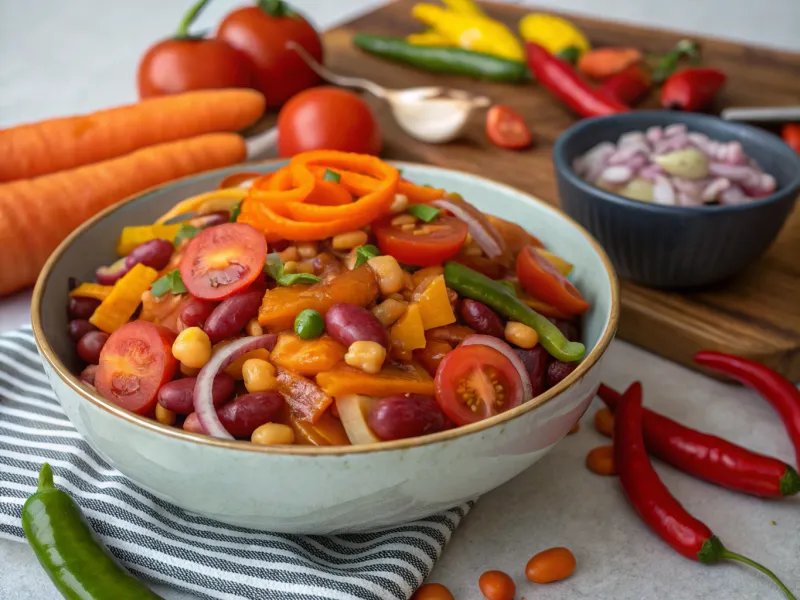
South African markets are filled with vendors offering a spicy canned relish. This relish blends baked beans with tomatoes, onions, and hot chilies. Originating in mining townships, chakalaka has become a national comfort food. Local variations exist in the recipe. Some include carrots and peppers. Others emphasize heat levels. Families serve it with rice, bread, or grilled meats. The canned version provides convenience while retaining the bold, smoky flavors of South African cuisine.
5. Thai Mackerel in Spicy Tomato Sauce

Bangkok’s floating markets showcase vendors offering canned mackerel in a rich, spicy tomato sauce. This protein source is a staple for many Thai families. The sauce blends tamarind, chilies, and palm sugar, resulting in intricate flavors that enhance the fish. Street food sellers frequently use this as a foundation for quick dishes. Thai students and workers find these cans to be a budget-friendly and filling option, served with rice. This pairing offers omega-3 fatty acids and the bold Thai flavors.
6. Italian Hand Packed Tuna in Oil
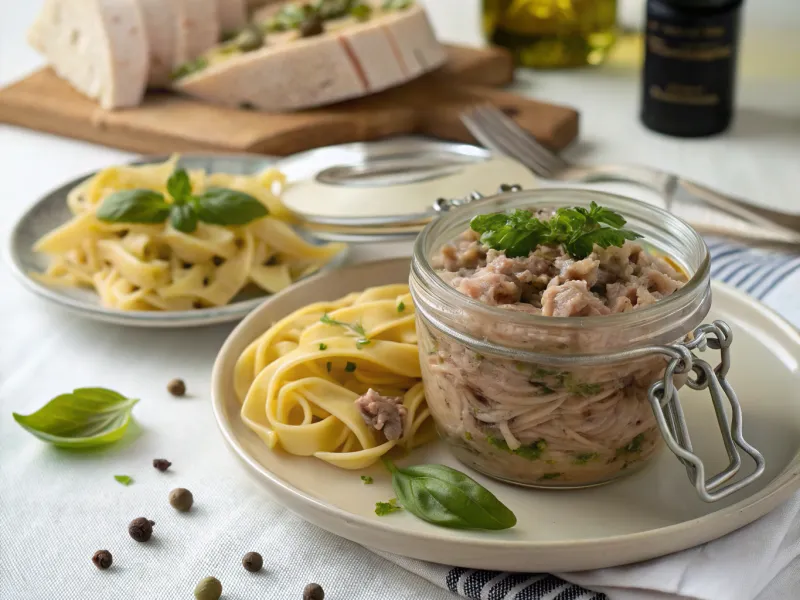
Italian markets value canned tuna highly, with some brands priced comparably to fresh seafood. Sicilian producers carefully pack yellowfin tuna in extra virgin olive oil, resulting in a product that Italian chefs often suggest. The quality difference comes from the selection and preservation techniques. Skilled canners select the best cuts, pack them immediately after catching, and utilize oils that enhance the natural flavors. Romans use this tuna with pasta, capers, and fresh herbs for quick weeknight meals. The quality is similar to restaurant dishes, making these cans essential for Italian home cooking.
7. Mexican Chicharos Split Pea Puree

Mexican markets offer canned chicharos, providing a simple way to make creamy purees. These split peas are a protein source used in numerous Mexican dishes and soups. For generations, split pea dishes have been prepared. Canned options reduce preparation time. The peas become smooth purees, complementing Mexican spices and herbs. They are used in soups, side dishes, and baby food. Combine with garlic, cumin, and chicken broth for a quick meal.
8. German Salted Herring Fillets
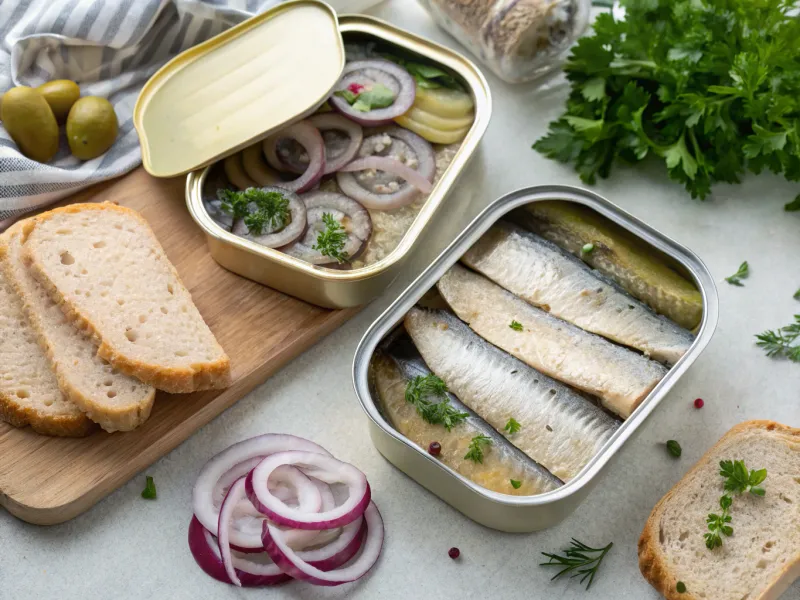
German markets feature meticulously prepared herring fillets, preserved in a salt brine. This method reflects centuries of food preservation in Northern Europe. These fillets offer nourishment during periods when fresh seafood is limited. The salting procedure removes moisture and intensifies flavors, yielding tender fillets with a pronounced oceanic taste. Traditionally, German cooks combine them with onions and sour cream for appetizers. Beer gardens offer these herring fillets alongside dark bread and pickled vegetables. The high protein content and extended shelf life made herring a vital provision for German sailors and travelers throughout history.
9. Turkish Tuna Packed in Sunflower Oil

Istanbul’s Grand Bazaar showcases Turkish canned tuna, preserved in locally sourced sunflower oil. This pairing mirrors Turkey’s location at the crossroads of European and Asian food cultures. Producers select Mediterranean tuna, packing it with sunflower oil. This method results in a lighter flavor profile compared to olive oil alternatives. The oil itself is often repurposed by cooks. Families combine the tuna with bulgur, tomatoes, and herbs to prepare pilaf. Sunflower oil offers healthy fats while maintaining a cost-effective approach.
10. British Steamed Pudding

British markets offer canned spotted pudding, a traditional steamed pudding. This dessert features currants and raisins, giving it a spotted appearance. The cake’s dense texture comes from its ingredients. Historically, this food needed hours of steaming in cloth bags. Canned versions provide quick access to its flavors. The pudding includes suet, flour, and dried fruits, which generate rich textures. Brits warm it and serve it with custard or cream. The convenience suits families seeking traditional desserts without extensive preparation.
